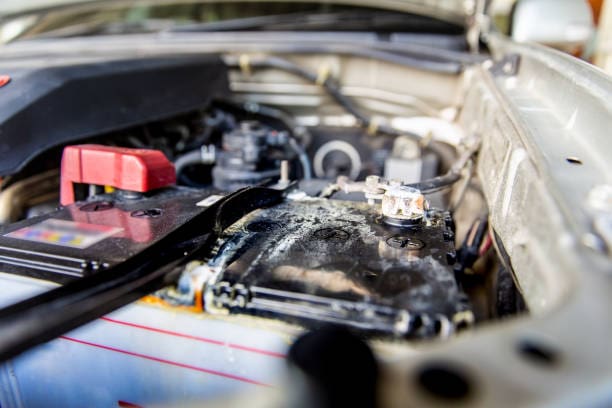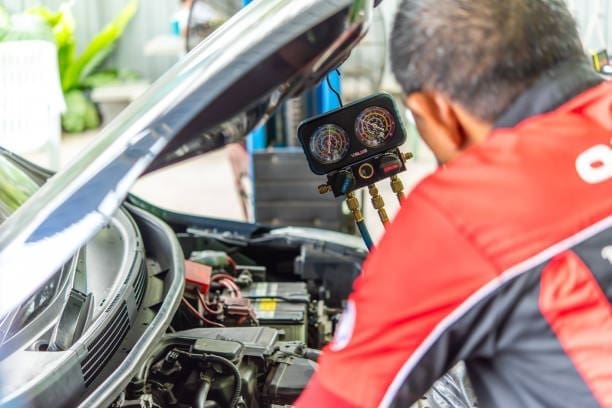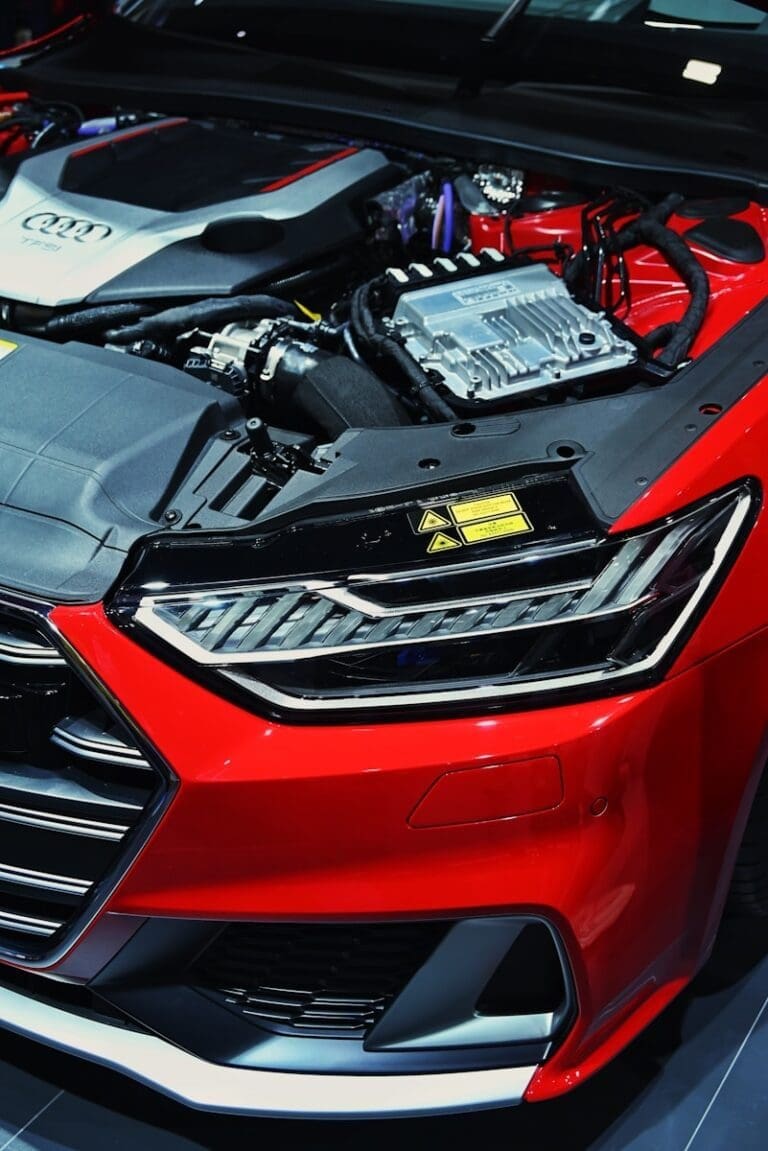Why is it Interesting to Remove the DTC Mode, your mind might drift to upgrades that boost performance or aesthetic changes that enhance the vehicle’s appearance. However, an often overlooked yet intriguing aspect of vehicle modification is the removal of the Diagnostic Trouble Code (DTC) mode from a car’s onboard computer system. This may sound like a technical tweak only relevant to automotive technicians, but it carries implications that extend beyond mere diagnostics. In this article, we’ll explore why removing the DTC mode can be captivating and what it means for your car’s functionality, performance, and compliance.
Understanding DTC Mode
Table of Contents
Toggle
Before diving into the implications of removing DTC mode, it’s essential to grasp what it is and why it exists. DTCs, or Diagnostic Trouble Codes, are part of your vehicle’s onboard diagnostic (OBD) system. This system monitors various components and systems in your vehicle to ensure they operate correctly. When a malfunction occurs, the OBD system generates a code that helps technicians identify and troubleshoot the issue.
The Role of DTC Mode
DTC mode plays a critical role in modern automotive diagnostics. It serves as a gateway to understanding your vehicle’s health by:
- Identifying Faults: When your vehicle experiences an issue, DTC mode records it as a code that a scanner can read. This helps mechanics pinpoint problems quickly.
- Preventing Further Damage: DTC mode helps prevent minor problems from escalating into major repairs by alerting drivers to potential issues.
- Ensuring Emissions Compliance: Many DTCs are related to emissions control systems. By monitoring these, the vehicle ensures it meets environmental regulations.
Reasons for Removing DTC Mode
While DTC mode is crucial for vehicle maintenance and regulatory compliance, there are several reasons why enthusiasts or professionals might choose to remove or disable it. Understanding these motivations can shed light on why this choice might be considered fascinating or beneficial in certain contexts.
1. Performance Enhancement
One of the primary reasons for removing DTC mode is performance enhancement. In racing or high-performance driving, every bit of engine efficiency counts. The presence of DTC mode can sometimes lead to restrictions or safety measures that limit engine output or alter performance characteristics to prevent damage. By removing DTC mode:
- Unrestricted Performance: Engine tuning and modifications can be applied without interference from the diagnostic system.
- Custom Calibration: Tuners can adjust fuel maps, ignition timing, and other parameters to optimize performance without being constrained by DTC-related limitations.
2. Weight Reduction and Simplification
Modern vehicles come equipped with complex electronics and diagnostic systems that can add weight and complexity. For those interested in lightweight, minimalistic builds, removing unnecessary components like DTC mode can:
- Reduce Weight: Every component removed contributes to a lighter vehicle, which can enhance speed and handling.
- Simplify Systems: Eliminating DTC mode reduces the number of systems the vehicle must manage, streamlining operations for racing or off-road use.
3. Avoiding False Alarms
DTC systems can sometimes generate false alarms due to minor or irrelevant issues. In performance or racing environments, these false positives can be distracting or misleading. Removing DTC mode can:
- Eliminate Distractions: Drivers can focus on driving performance without being interrupted by non-critical alerts.
- Improve Reliability: Without DTCs, there’s less risk of erroneous diagnostics affecting vehicle performance or driver confidence.
Potential Risks and Considerations
While removing DTC mode can offer various benefits, it’s not without risks and drawbacks. Here’s what to consider before making this modification:
1. Increased Risk of Undiagnosed Issues
Without DTC mode, you lose a valuable tool for detecting and diagnosing vehicle problems. This can lead to:
- Unnoticed Malfunctions: Issues that would have been flagged by the DTC system might go unnoticed until they cause significant damage.
- Higher Repair Costs: Without early detection, minor problems can escalate into costly repairs.
2. Emissions Compliance Challenges
In many regions, vehicles are required to meet specific emissions standards. Removing DTC mode can:
- Lead to Non-Compliance: Your vehicle might fail emissions testing if the DTC system is disabled or removed.
- Legal Consequences: Driving a non-compliant vehicle could result in fines or penalties, and in some cases, prevent your vehicle from being registered or insured.
3. Warranty and Insurance Implications
Removing or disabling DTC mode can have implications for your vehicle’s warranty and insurance:
- Warranty Void: Manufacturers may void warranties if non-standard modifications are detected.
- Insurance Issues: Insurance providers might not cover damages if they discover that DTC mode has been removed, especially if it’s linked to the cause of the damage.
Alternatives to Removing DTC Mode

For those intrigued by the idea of removing DTC mode but concerned about the potential downsides, there are alternative approaches that can achieve similar goals without entirely disabling the diagnostic system:
1. Performance Tuning with Custom Software
Instead of removing DTC mode, consider using custom tuning software that adjusts performance parameters while keeping the diagnostic system intact. This approach allows you to:
- Optimize Performance: Make adjustments to engine and transmission settings to enhance performance.
- Maintain Diagnostics: Keep the ability to diagnose issues and ensure compliance with emissions standards.
2. Selective Disabling
In some cases, it’s possible to selectively disable specific DTC functions while retaining core diagnostics. This can:
- Reduce False Alarms: Focus on disabling only those codes that are problematic without compromising the entire system.
- Preserve Functionality: Maintain essential diagnostic capabilities for critical systems.
Conclusion
Removing the DTC mode from your car is a fascinating decision that combines elements of performance enhancement, weight reduction, and customization. While it offers benefits such as unrestricted performance and simplified systems, it also comes with risks, including undiagnosed issues and potential legal complications.
For enthusiasts and professionals considering this modification, it’s crucial to weigh these factors carefully and explore alternative solutions that align with your goals while mitigating risks. Whether you’re aiming for a high-performance racing vehicle or a streamlined off-road machine, understanding the full implications of removing DTC mode can help you make an informed and exciting choice for your automotive needs.



